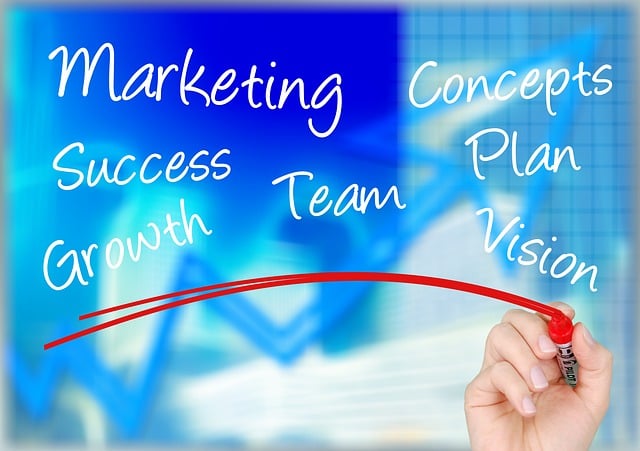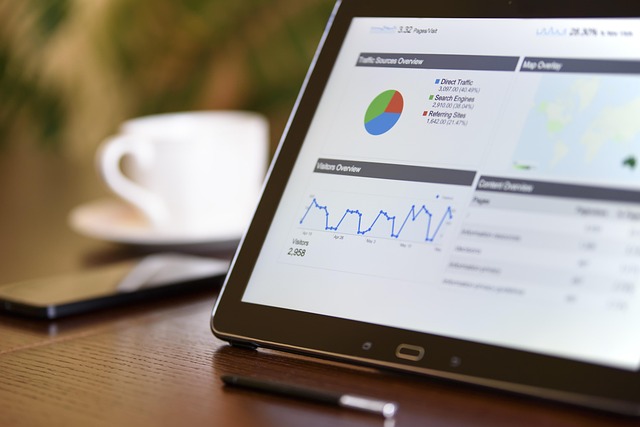AI image recognition is transforming industries by ensuring plating consistency through accurate visual data analysis. In hospitality and retail, this technology identifies dishes, checks portion sizes, and detects deviations from standards, enhancing customer satisfaction. For example, restaurants can use AI to compare customer photos of meals with reference images for immediate inconsistencies. Integrating AI into sales forecasting offers significant advantages, analyzing vast data swiftly and accurately to predict future outcomes. AI image recognition improves forecast precision, especially in visual-content industries, by automatically categorizing product images. Implementing these AI solutions leads to more reliable sales forecasts and strategic decision-making, with continuous learning algorithms enhancing adaptability and predicting market shifts.
In today’s competitive business landscape, precise sales forecasting is paramount. Artificial Intelligence (AI) offers transformative solutions, especially through its application in image recognition technology. This article explores how AI image recognition for plating consistency enhances sales forecasting accuracy. We delve into the benefits of AI integration, providing insights on improved data analysis, automated predictions, and enhanced decision-making. Additionally, we discuss best practices for implementation and future trends shaping the AI business sales forecasting landscape.
- Understanding AI Image Recognition for Plating Consistency
- Benefits of AI in Business Sales Forecasting
- Implementing AI Solutions: Best Practices and Future Trends
Understanding AI Image Recognition for Plating Consistency

AI image recognition is transforming the way businesses ensure plating consistency in various industries, from hospitality to retail. By leveraging machine learning algorithms, this technology can analyze and interpret visual data with remarkable accuracy, identifying dishes, assessing portion sizes, and detecting any deviations from established standards. This ensures that every meal or product looks exactly as it should, enhancing customer satisfaction and brand reputation.
For example, in a restaurant setting, AI image recognition can examine photos of plated meals taken by customers’ smartphones or camera-equipped devices. It can compare these images against reference images to identify any inconsistencies, such as incorrect ingredient placement or size variations. This real-time feedback allows kitchen staff to quickly address issues and maintain a uniform presentation across all dishes served.
Benefits of AI in Business Sales Forecasting

The integration of Artificial Intelligence (AI) in business sales forecasting offers a multitude of benefits, revolutionizing how companies predict and manage their sales performance. One key advantage is the ability to process vast amounts of data with remarkable speed and accuracy. AI algorithms can analyze historical sales trends, market dynamics, customer behavior, and even external factors like seasonal changes or economic shifts, providing a comprehensive view of potential future outcomes.
Moreover, AI image recognition technology enhances forecasting precision, especially in industries relying on visual content. By automatically categorizing and analyzing product images, AI can ensure consistent and accurate representation, reducing human error and improving the overall quality of sales data. This level of consistency is crucial for making informed decisions and maintaining a competitive edge in today’s fast-paced business landscape.
Implementing AI Solutions: Best Practices and Future Trends

Implementing AI solutions in business sales forecasting is a strategic move that can significantly enhance accuracy and efficiency. One cutting-edge technology, AI image recognition for plating consistency, ensures precise data collection by analyzing visual data from various sources, such as product images or customer interactions. This practice allows businesses to maintain high standards of consistency across different platforms, leading to more reliable sales forecasts.
Looking ahead, the future trends in this domain suggest integration with broader analytics systems and continuous learning algorithms. As AI continues to evolve, these solutions will become more adaptive, leveraging historical data to predict market shifts and customer preferences. This not only improves forecast accuracy but also enables proactive sales strategies, giving businesses an edge in today’s competitive landscape.
AI sales forecasting solutions, powered by advancements in AI image recognition for plating consistency, offer businesses unprecedented accuracy and insights. By leveraging these technologies, companies can optimize their sales strategies, make data-driven decisions, and achieve a competitive edge. As we move forward, adopting best practices and staying informed about emerging trends will be key to maximizing the potential of AI in business operations and sales forecasting.
